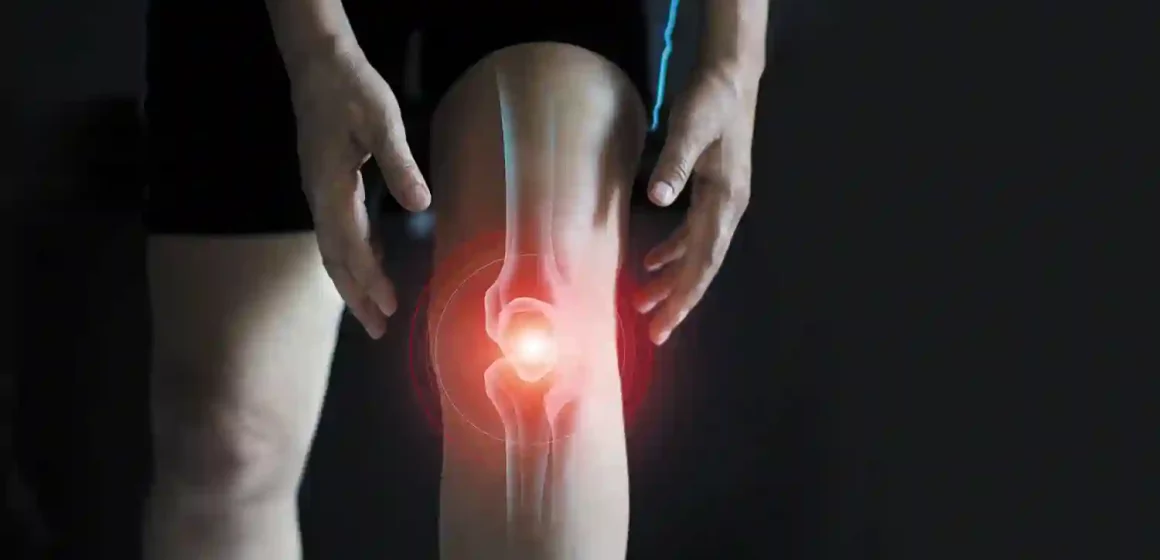Living with chronic pain can be challenging. Medications are one way to help manage pain, but there are many other strategies that can be used. These include alternative treatments, reducing stress and finding support groups.
It is important to remember that pain does not mean that you are a failure or that your body is broken. You can still live a happy life despite chronic pain.
Mindfulness
People living with chronic pain often experience symptoms like fatigue, irritability, anger and depression. This is a normal part of dealing with pain and recovery, but it can be hard to manage these feelings if you do not have the tools to deal with them.
Taking control of your pain and learning techniques to manage it can make you feel more confident and empowered. A great way to do this is to practice mindfulness meditation daily. This involves focusing on the breath and body sensations without judgment.
A recent study found that mindfulness meditation can help to reduce pain and reduce anticipatory anxiety. The researchers used fMRI scans to measure brain activity. They then exposed participants to a painful heat stimulus on the calf. The results showed that those who participated in the mindfulness group experienced significantly less pain than the control groups.
Medications
Many people who have chronic pain find relief with over-the-counter and prescription medication. It’s important to find the right combination of treatments, and to work with a health care provider to ensure that you are taking the safest medications possible.
It’s also important to learn about the various triggers that increase pain intensity. For example, stress, anger, depression and poor sleep can make your symptoms worse. This means it’s necessary to develop strategies for managing these triggers, such as by honoring breaks, being patient with yourself, and reducing the amount of time you spend in activities that cause your pain.
It’s also helpful to track your pain each day, so you can provide a detailed report to your doctor. You can use a calendar or simple log book to note your daily “pain score,” and what activities caused the pain that day.
Exercise
Often, physical activity is one of the most important ways to ease pain. This can include gentle stretching, yoga, and strength training exercises.
In addition, regular cardiovascular exercise such as walking or swimming can help keep your body healthy and moving well. This type of exercise can stimulate the release of natural endorphins to increase your mood while easing pain signals from your muscles and joints.
Getting regular exercise is also important for your mental health, as it helps to relieve stress and boost self-esteem. It can also improve your sleep patterns, which may help reduce your pain level as a result of chronic pain. If you find it difficult to get motivated to exercise on your own, try joining an exercise class or finding a friend who can commit to walking with you daily.
Nutrition
A healthy diet is important for managing chronic pain symptoms. Taking steps to eat healthy and get adequate sleep is one way to help reduce stress levels, which in turn can make the pain more bearable.
Keeping a consistent routine can be a good way to build up motivation and increase the likelihood of success. It can also be helpful to keep track of daily pain levels to see patterns and fluctuations. This information can help people better plan for when their pain may flare up or improve.
Getting support from others is another helpful strategy for managing chronic pain. This can be in the form of delegating responsibilities, like asking for help shopping or doing chores that won’t aggravate pain levels, or simply seeking out friends who understand your situation.
Socialization
Many people with chronic pain struggle to maintain friendships, as their lives revolve around treatment plans and appointments. Their friends and family often feel frustrated and helpless, trying to be supportive and encouraging but not knowing how to cope with this new dynamic.
Several participants discussed protective distancing from close friends after the onset of pain, as they felt misunderstood and isolated. However, most participants said that they tried to reclaim their friendships by scheduling regular phone calls or gaming sessions and finding other ways to keep in touch.
Some people with chronic pain find meaning in spiritual activities, which can be a source of strength and support. Others may also try to stay active with physical activities they enjoy. This can be difficult and tiring, but can help prevent depression and anxiety which can trigger or exacerbate pain.



Leave a Reply